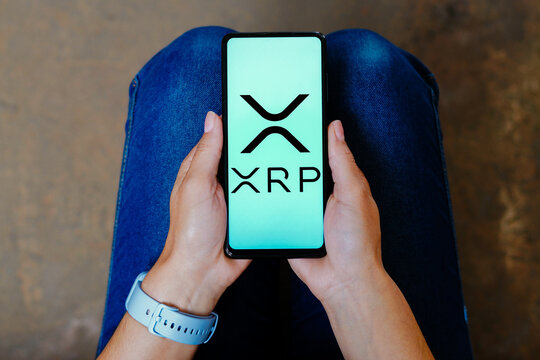ARTICLE AD
Circle Internet Financial, the issuer of the USD Coin (USDC) stablecoin, has recently released an extensive report on the current state and future outlook of its flagship product.
According to the report, the market capitalization of USDC has rebounded by roughly $1 billion in recent months and has seen rapid growth in usage and market share compared to previous years. Titled “State of the USDC Economy,” the report explores and analyzes technologies related to USDC and provides insights into global markets and the concomitant regulatory advancements that these bring.
USDC’s market share took a hit last year, with its market capitalization plummeting nearly 60% to $24 billion in November 2022. On the contrary, the report shows that there has been substantial growth in USDC transaction volumes flowing into the Asia-Pacific region.
According to the report’s statistics, $130 billion worth of USDC entered Asia in 2022. This number represents 29% of the total global digital currency value received, exceeding flows into other major regions like North America (19%) and Western Europe (22%).
A significant driver of these Asia-Pacific USDC transactions is remittances to emerging market countries with sizable diaspora populations like the Philippines. Circle says that this market is valued at $36 billion annually. Asian economies such as India, Singapore, Hong Kong, Malaysia, and Thailand have all established 24/7/365 real-time payment systems, which have achieved significant scale and volume.
Notably, Singapore, Japan, and Hong Kong have all recently taken steps to implement regulatory frameworks regarding foreign-issued stablecoins, including USDC.
Singapore’s Monetary Authority has provided Circle with a Major Payment Institution license to enable USDC and other dollar-based stablecoins. The country has also begun research into a potential state-backed stablecoin based on the Singaporean dollar.
Japan implemented new stablecoin guidelines in June 2023, allowing USDC circulation pending partnerships. On this front, Circle claims it is partnering with SBI Holdings (Strategic Business Innovator Group) to expand its presence in the country.
Meanwhile, Hong Kong has concluded an initial consultation on regulating stablecoins in early 2023, with arrangements expecting completion by 2024.
In the report, Latin America was also notable, with Circle claiming that the region is emerging as a leader in digital currency adoption, primarily due to high remittance volumes. The report also cites macroeconomic instability in the region, which drives demand for US dollars.
Circle’s study shows that nearly a quarter of the region’s 658 million residents are under age 14, positioning Latin America for rapid fintech growth compared to regions with aging populations. The report highlights that over 51% of Latin American consumers have transacted with digital currencies, while 33% are in stablecoins.
According to a critique from Ledger Insights, the 2023 Circle stablecoin report omitted key statistics like the 2023 USDC transaction volumes and the decline in wallet-to-wallet payments as a percentage of transactions. The report also didn’t mention the USDC de-peg resulting from Silicon Valley Bank’s collapse, though some criticisms of Circle over the de-peg may have been unfair given the situation.
Circle held a more conservative 20% of reserves in cash rather than the commonly assumed 90%, and it was reasonable for a large stablecoin to keep a substantial portion of reserves at a major bank pre-collapse.
A key aspect of stablecoin technology is its ability to enable value transfer between traditional banking and new financial systems. As stated in the report, Circle bridged more than $197 billion between these systems last year. The report also notes that USDC alone has transmitted over $12 trillion in value since its release, while the number of wallets holding over $10 in USDC has also grown 59% to 2.7 million.
These trends show that stablecoins, as a market, are no longer predominantly used for speculative activity but rather form a reliable infrastructure for digital value transfer. In January 11, 2024, Circle confidentially filed for an IPO.
The information on or accessed through this website is obtained from independent sources we believe to be accurate and reliable, but Decentral Media, Inc. makes no representation or warranty as to the timeliness, completeness, or accuracy of any information on or accessed through this website. Decentral Media, Inc. is not an investment advisor. We do not give personalized investment advice or other financial advice. The information on this website is subject to change without notice. Some or all of the information on this website may become outdated, or it may be or become incomplete or inaccurate. We may, but are not obligated to, update any outdated, incomplete, or inaccurate information.
You should never make an investment decision on an ICO, IEO, or other investment based on the information on this website, and you should never interpret or otherwise rely on any of the information on this website as investment advice. We strongly recommend that you consult a licensed investment advisor or other qualified financial professional if you are seeking investment advice on an ICO, IEO, or other investment. We do not accept compensation in any form for analyzing or reporting on any ICO, IEO, cryptocurrency, currency, tokenized sales, securities, or commodities.

 1 year ago
92
1 year ago
92 

